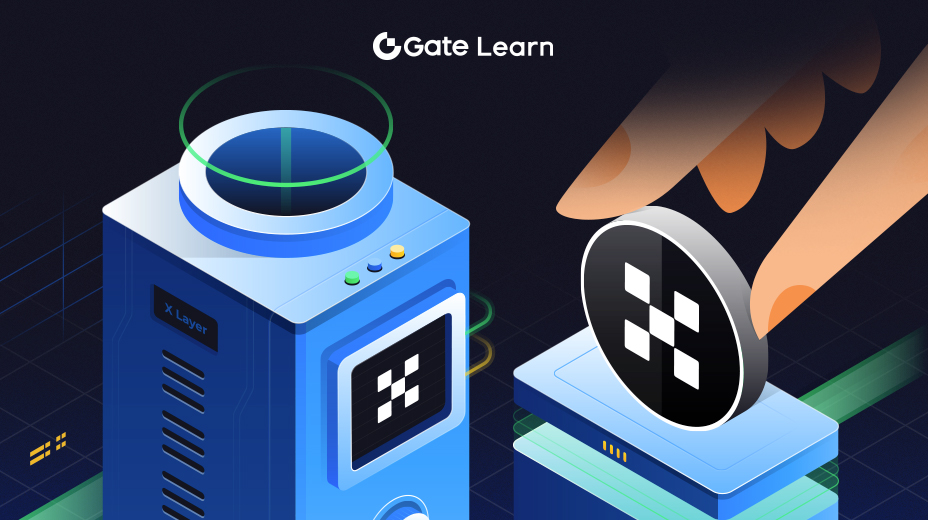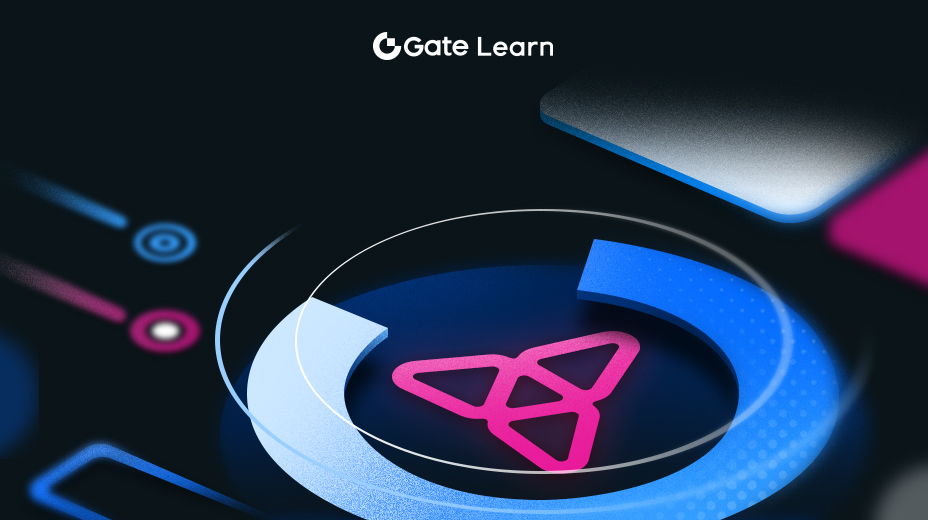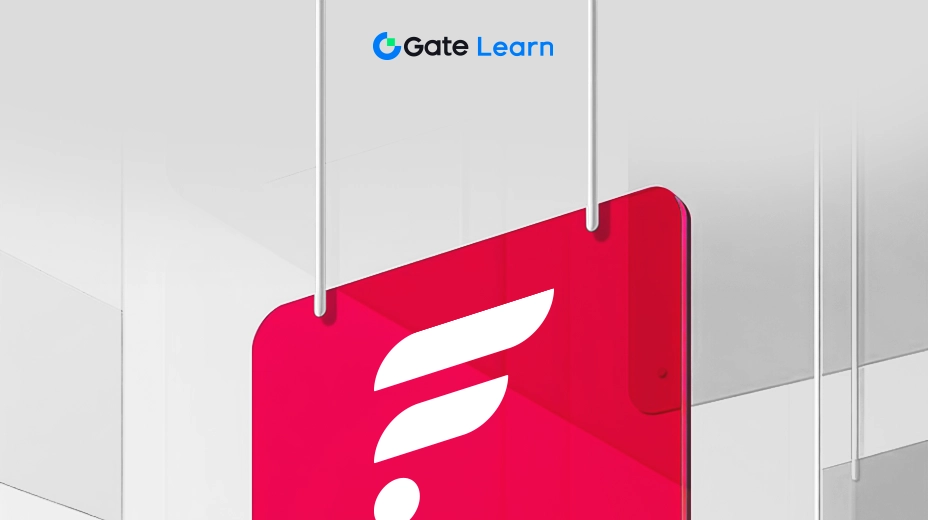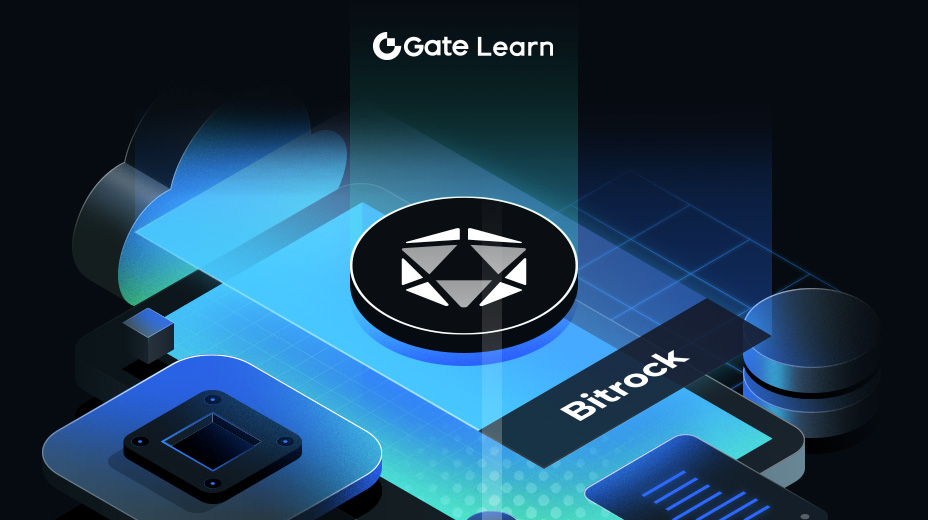质押与治理
模块介绍: 模块五致力于了解 Multiversx 生态系统中的质押机制和治理模式。我们将介绍 EGLD 质押的实际步骤、与验证者相关的角色和奖励,以及 Multiversx 的治理结构如何让社区参与关键决策过程。本模块旨在深入介绍生态系统的参与性以及确保其安全性和分散性的机制。
如何质押 EGLD
要质押 EGLD,代币持有者首先必须选择成为一个验证人或者将他们的代币委托给现有的验证人。验证人负责运行一个节点,并直接参与网络的共识机制,这需要技术知识和资源。
另一方面,委托人可以通过将其 EGLD 委托给他们选择的验证人来进行质押,从而在无需自己运行节点的情况下为网络的安全做出贡献。这个过程包括选择一个验证人并将 EGLD 转移到验证人的质押合约中,有效地将代币锁定以支持验证人的节点。
通过 Multiversx 钱包或其他支持的平台,可以访问质押界面,这提供了一个用户友好的方式来质押 EGLD。用户可以查看验证人的表现、费用以及其他相关信息,以便做出明智的决定,决定将他们的代币委托给哪个验证人。
一旦质押,EGLD 代币会被锁定一段时间,期间不能转移或用于其他目的。这个锁定期是一种安全措施,确保质押资产和网络的稳定性和安全性。
质押获得的奖励会定期分发,并可以重新质押以复利回报或提取,但需遵守质押合约的条款和条件以及任何适用的锁定期。
验证人的角色和奖励
验证人在 Multiversx 生态系统中扮演着关键的角色,他们通过维护网络的完整性、处理交易以及向区块链添加新的区块来保证网络的健康运行。要成为一个验证人,个人或实体必须将大量的 EGLD 作为抵押,以确保他们对网络健康的承诺。
验证人是基于他们的质押数量和表现指标(如在线时间)被选中参与共识过程的。表现好的验证人更有可能被选中,这激励他们维持最佳的节点运行。
验证人的奖励来源于交易费用和区块奖励,这为他们对网络的贡献提供了金融激励。这些奖励与 EGLD 的质押量和验证人的表现成正比,使他们的利益与网络的利益保持一致。
验证人也有机会通过参与网络治理和其他生态活动来获得额外的奖励,这进一步将他们整合到 Multiversx 社区和其开发中。
Multiversx 生态系统中的治理
Multiversx 生态系统中的治理旨在实现包容性和去中心化,允许代币持有者影响网络的发展方向和政策。这种参与式的模型确保决策反映社区的共识,有助于网络的适应性和韧性。
针对网络升级、参数变更或其他重大决策的提案将在 EGLD 持有者之间进行投票。每个参与者的投票权通常与他们质押的 EGLD 数量成比例,确保对网络投入最多的人在其治理中有更大的发言权。
治理过程通过链上机制进行,为所有参与者提供透明性和安全性。这个系统确保所有的提案和投票都记录在区块链上,使得过程抗篡改和可审计。
EGLD 持有者和验证人对治理的持续参与强化了 Multiversx 生态系统,培养了股东和社区之间的所有权感和归属感。这种协作的治理方式有助于确保 Multiversx 与用户的需求和价值保持一致。
亮点
- 质押 EGLD 涉及选择成为验证者或将代币委托给一个验证者。验证者在网络共识中扮演关键角色,并需要将大量 EGLD 作为抵押。
- 委托人可以通过一个用户友好的界面质押他们的 EGLD,不需要运行节点就可以支持网络安全,并将代币锁定一段指定的时间。
- 验证者通过交易费和区块奖励获得他们对网络贡献的奖励,通过表现指标激励他们保持最佳节点运行。
- Multiversx 的治理允许代币持有者对网络决策进行投票,投票权通常与质押的 EGLD 成比例,确保了去中心化和社区驱动的方式。
- 治理过程是透明和安全的,通过链上机制来记录提案和投票,培养社区所有权和网络与用户价值的一致性。





